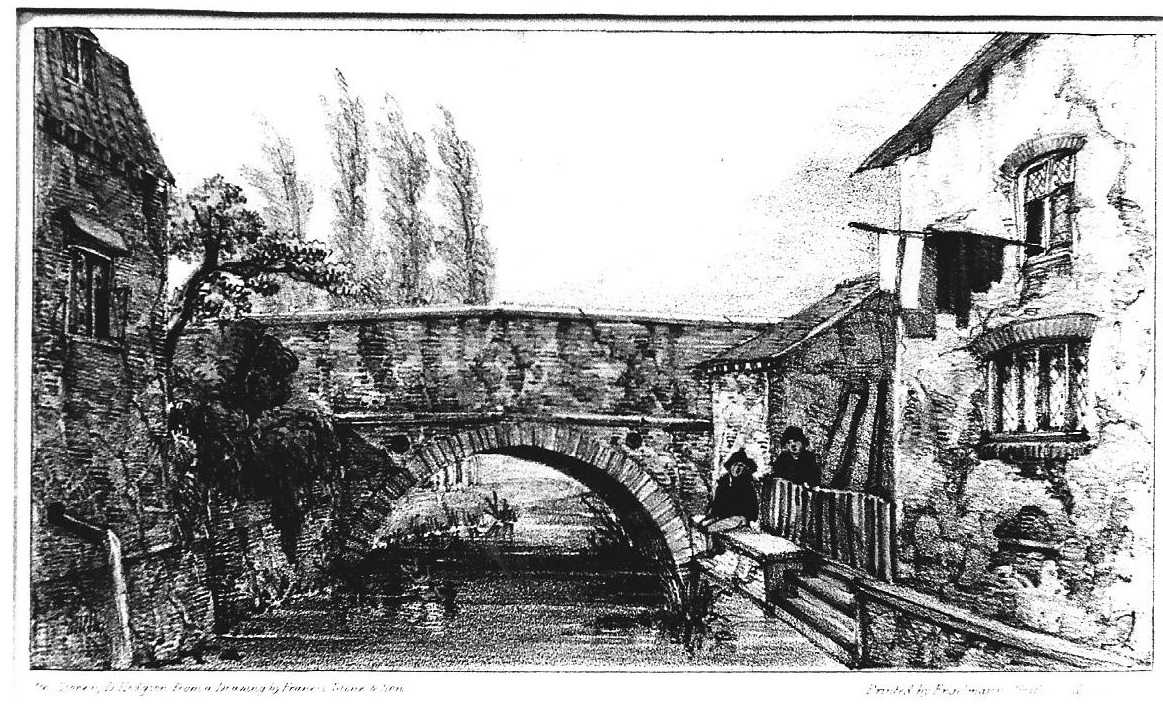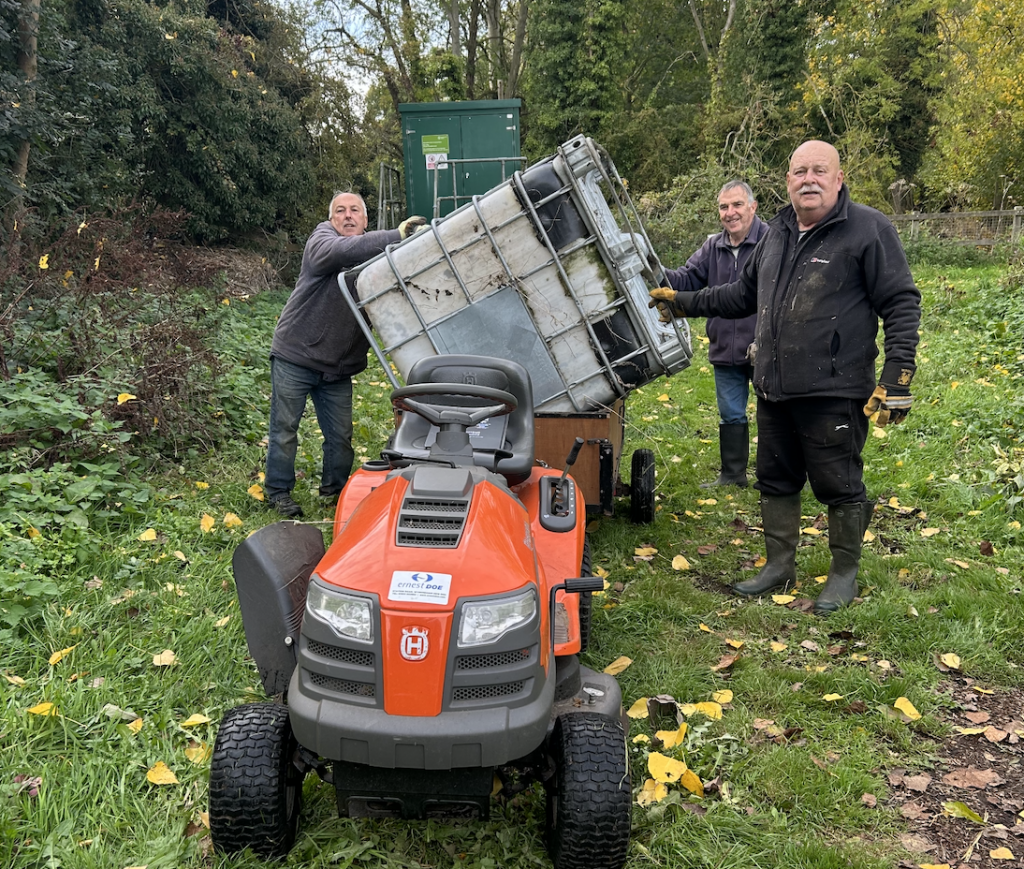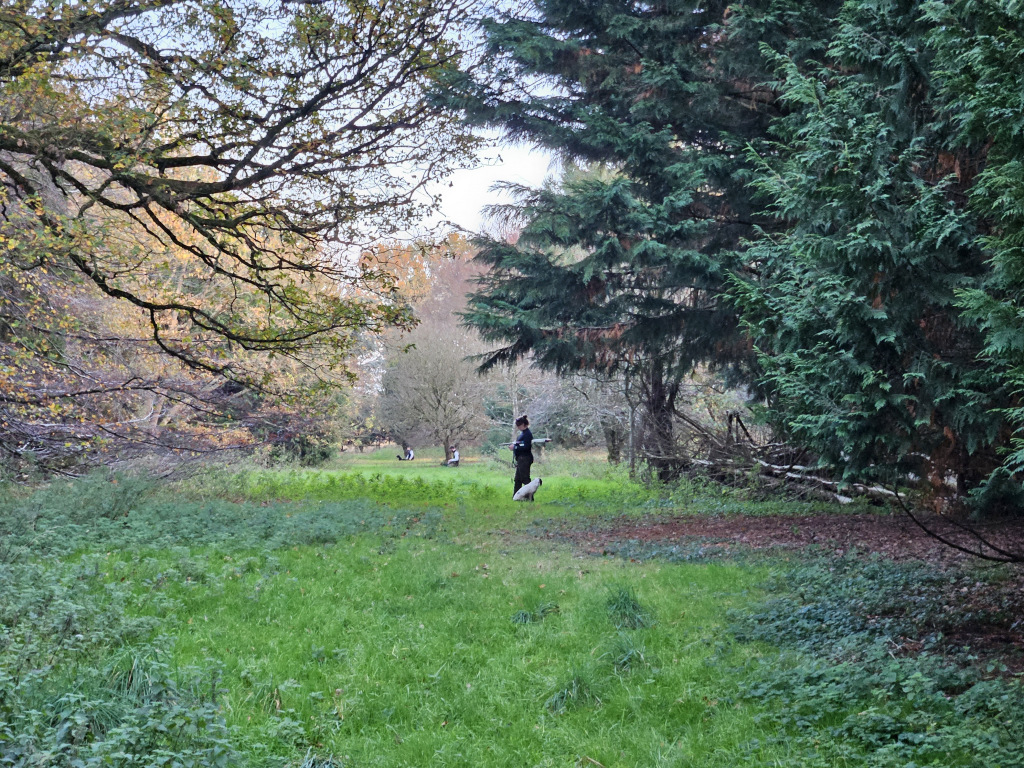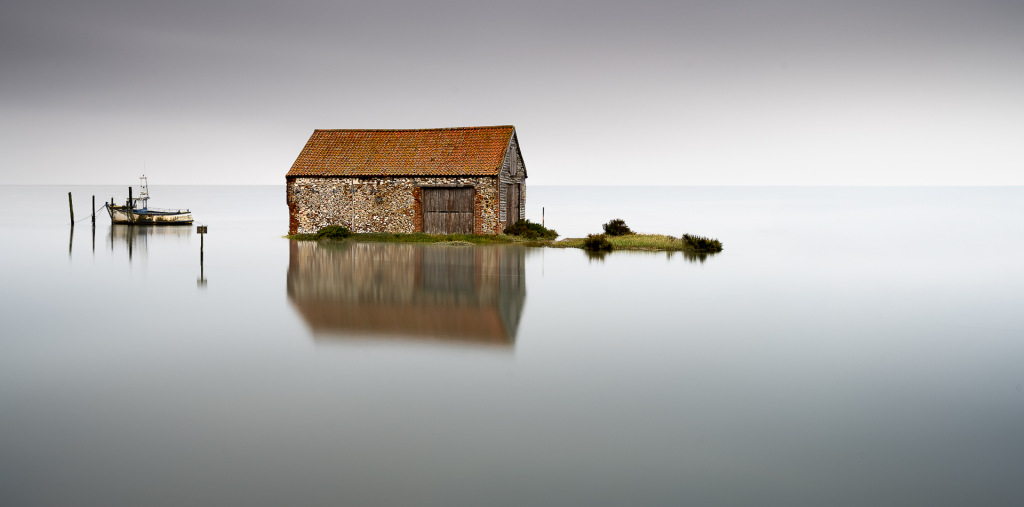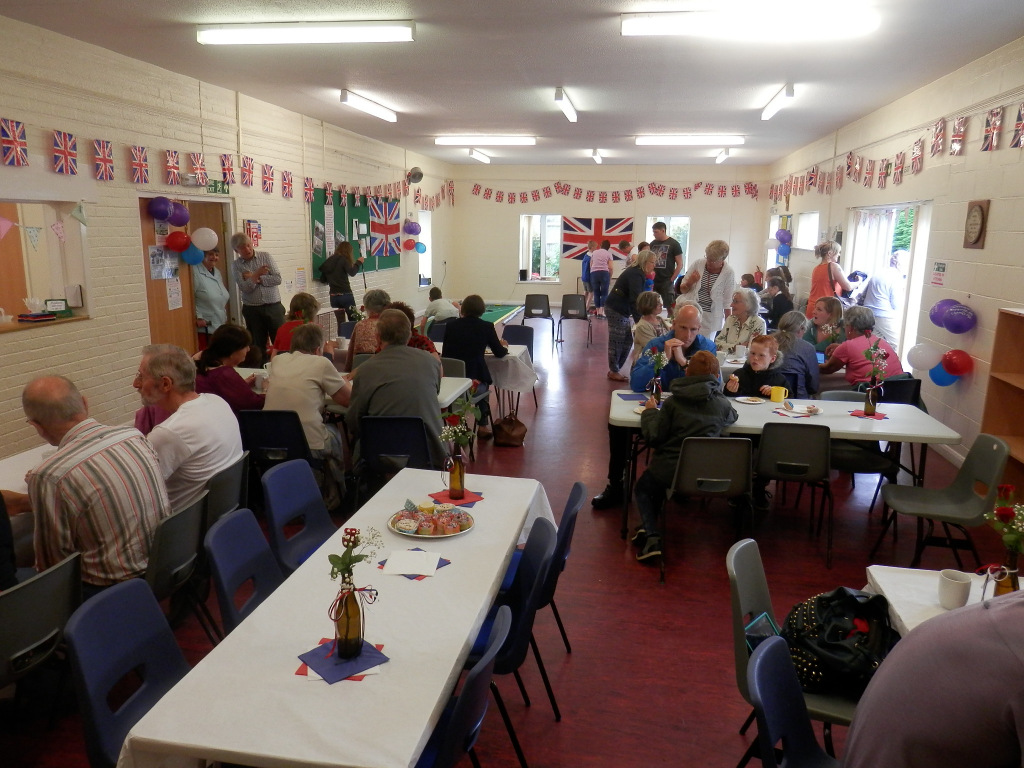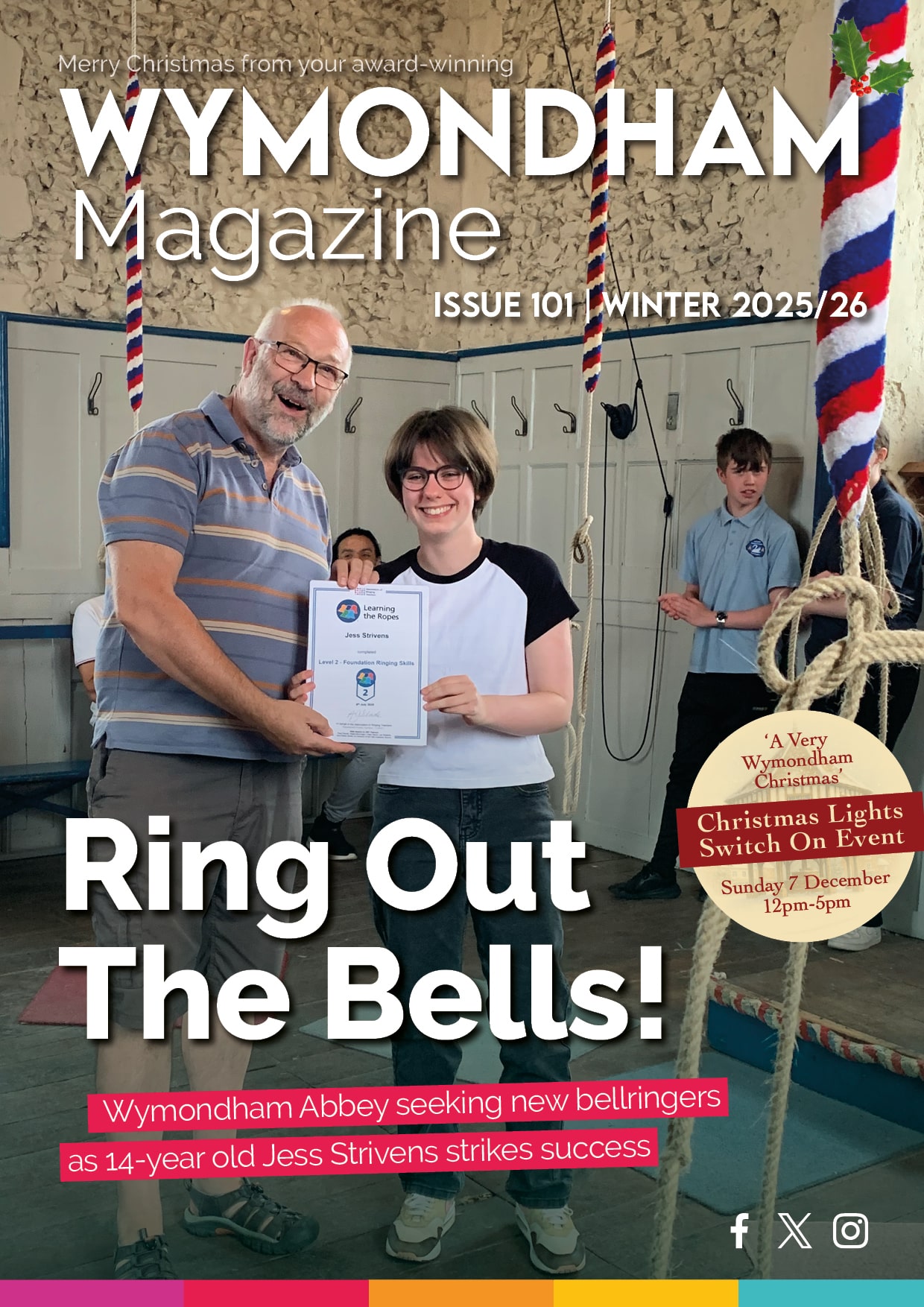Who would want to have lived in houses like these? This drawing of Damgate Bridge with the houses on the edge of the River Tiffey is taken from a book entitled Picturesque views of all the bridges belonging to the county of Norfolk by Francis Stone, published in 1830. The bridge spans the River Tiffey, where there was once the dam that served the abbey’s mill, while ‘gate’ is the old Norse word for ‘street’ – hence Damgate.
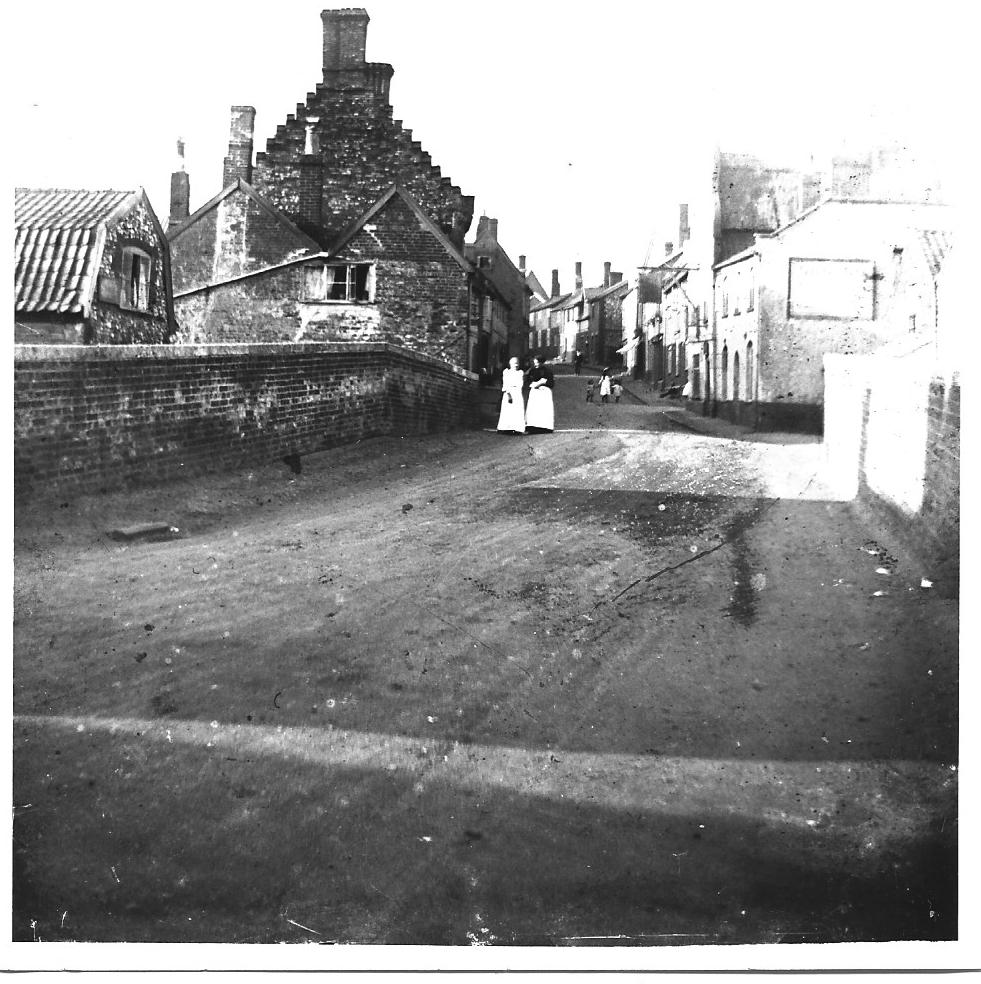
Before the town’s first bypass, which ran between Bait Hill and the Fairland, was opened in 1958, the bridge carried the main road traffic on the route (now the A11) between Norwich and London. In earlier times it seems the main concern was the frequency with which the bridge fell into a bad state of repair. The Town Book of the early 17th century records, for example, in 1617: ‘Item paid to the carpenders & other workemen for amending of Damme Bridge, against the Judges comming over yt, the stoune being much decayed- 0. 10. 0. (50p).’ Only two years later it was recorded: ‘[P]aide to Stephen Agas for the repayring of Dam Brigg- 0. 3. 4. (17p).’
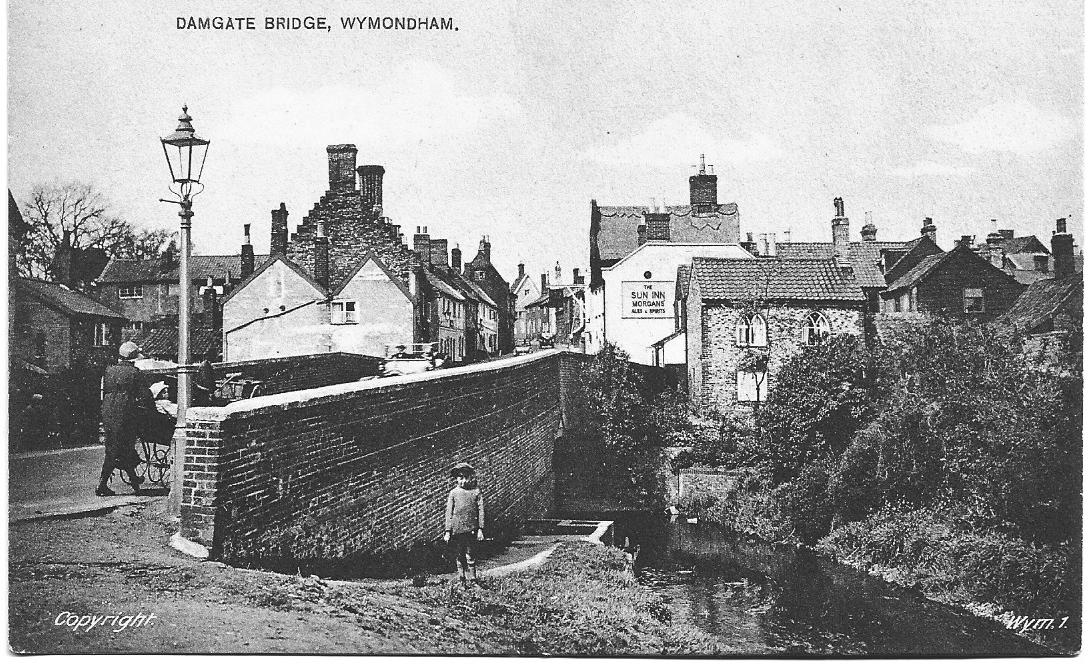
A notice in the Norwich Mercury for December 1739 reads: ‘These are to give Public Notice that the Bridge commonly called Dam-Bridge in Wymondham in Norfolk, in the great Road to London is so much in Decay, as to render the passing over it with Coaches, Carts or Waggons, very dangerous, wherefore all Persons travelling that way, are desired to take another Road. And it is further advertised that the said Bridge will be Re-built as soon as the season will admit of it, and when the same be finished, Publick Notice will be given thereof.’
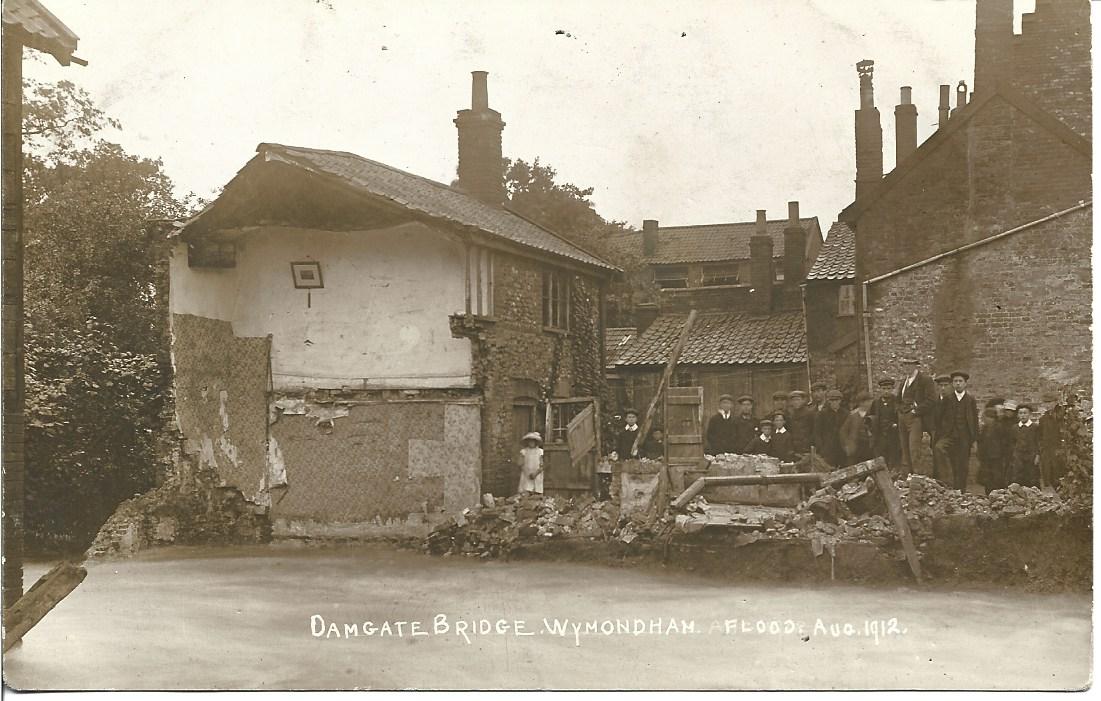
In April 1935 a lorry driver had a narrow escape from falling into the river when his lorry, laden with steel girders, crashed into the bend of the bridge forcing a considerable part of the brickwork into the river. That part of the bridge had to be roped off and traffic directed over and it was in the following December the Norwich Mercury was able to report on the progress of the work then being carried out to repair and widen it. Prior to the widening, a well existed to the side of the bridge, beneath the location on the bridge where there is still a little gate, and which used to enclose a pump. This well was once used as a domestic water supply by local residents, who approached it via steps and a path on the eastern side of the bridge parapet.
Incidentally, on Monday 26th August 1912 Wymondham was severely hit by the Great Flood of 1912, which caused much damage and distress in Norfolk. The Tiffey burst its banks and hard by the bridge ‘the houses of Hubbard and Nicholls’ were devastated by the swirling waters – but that’s another story!




